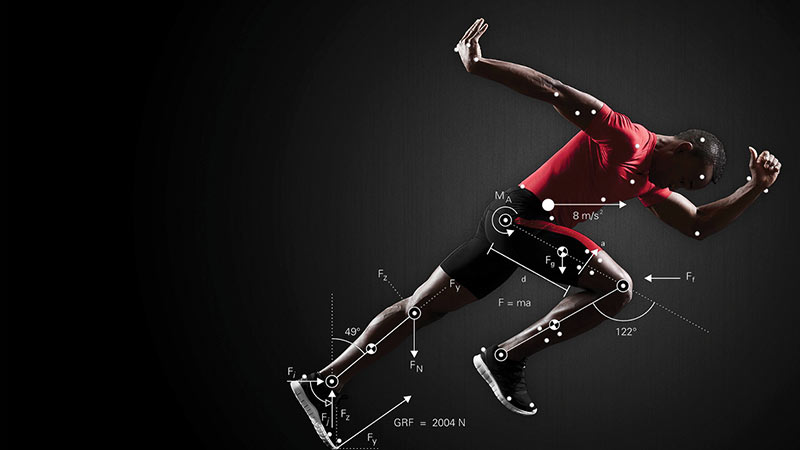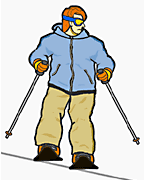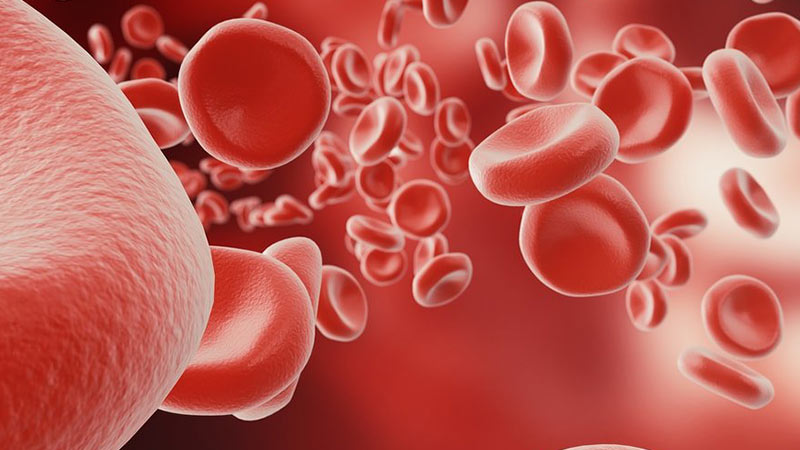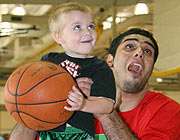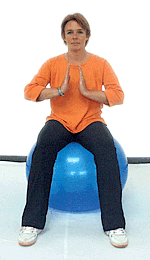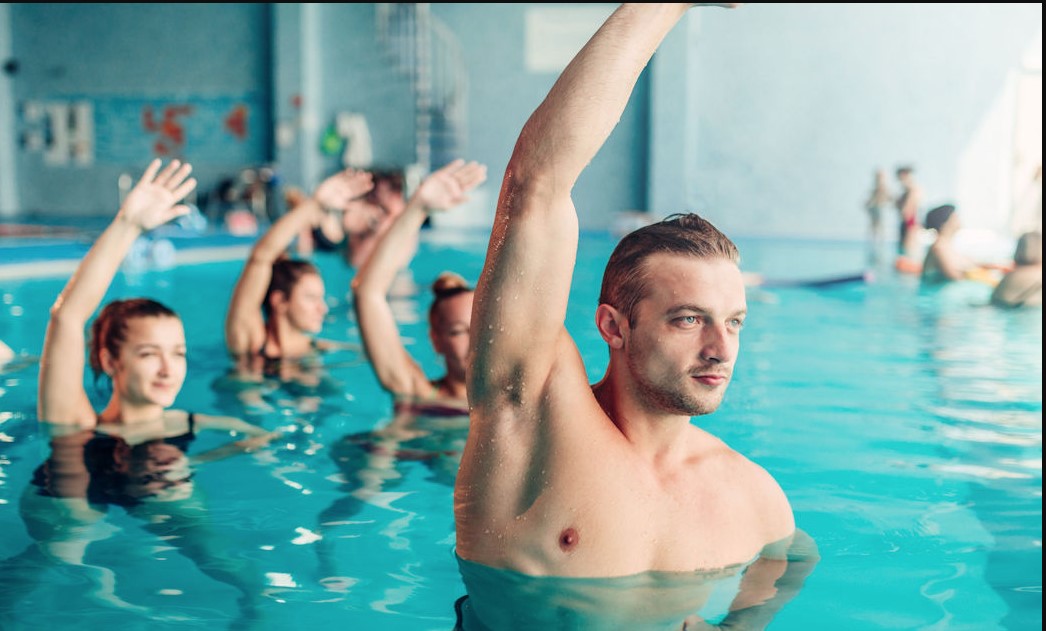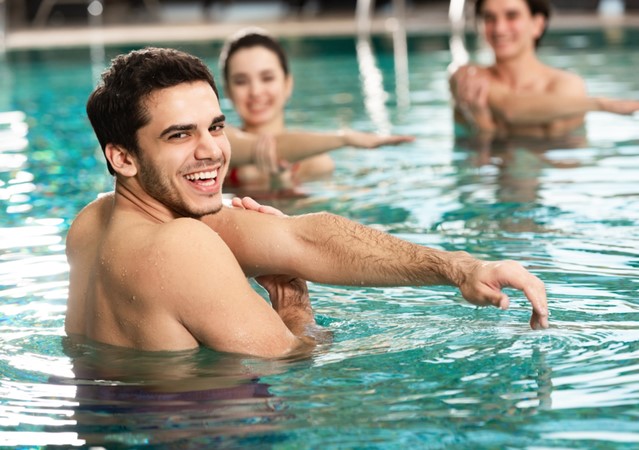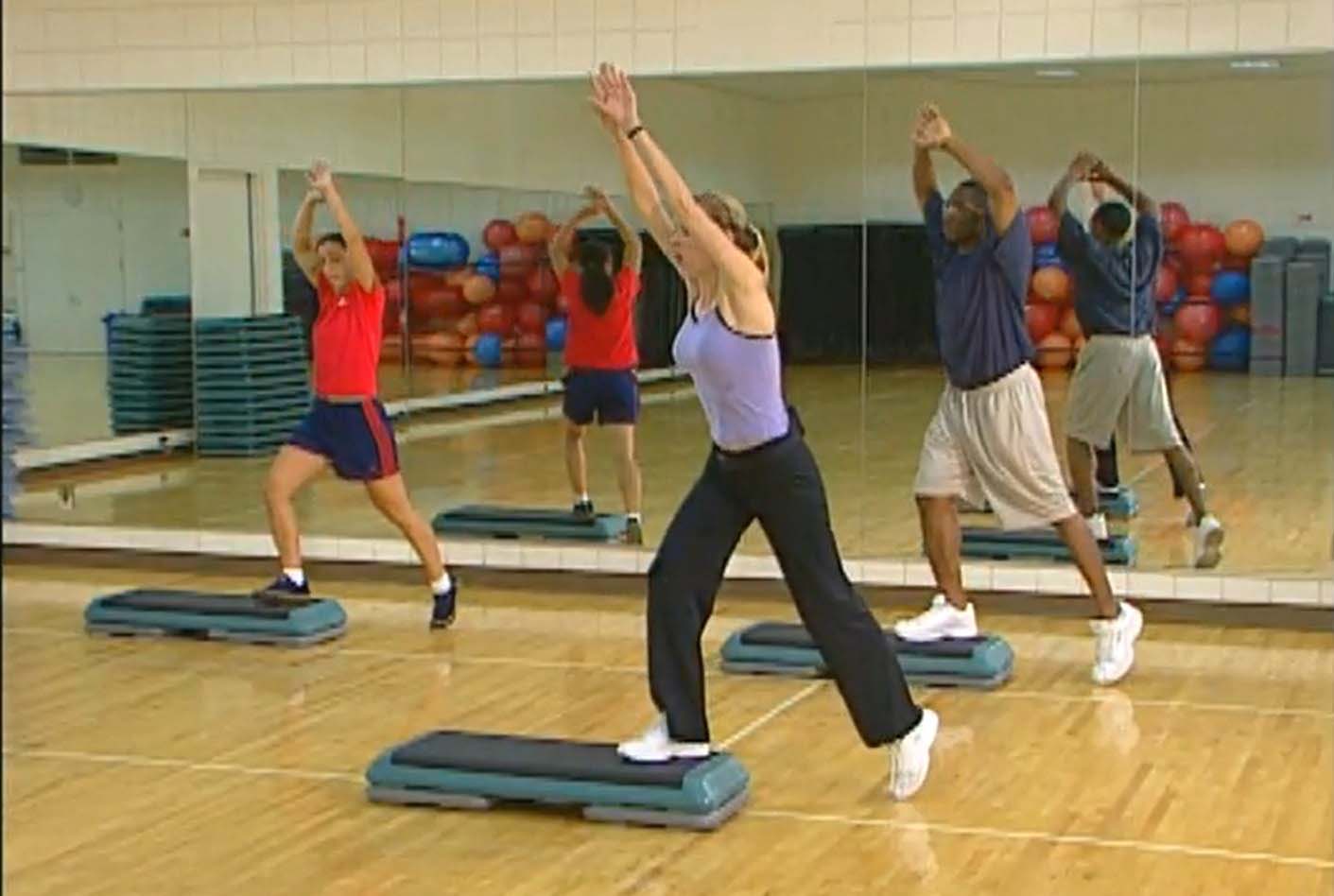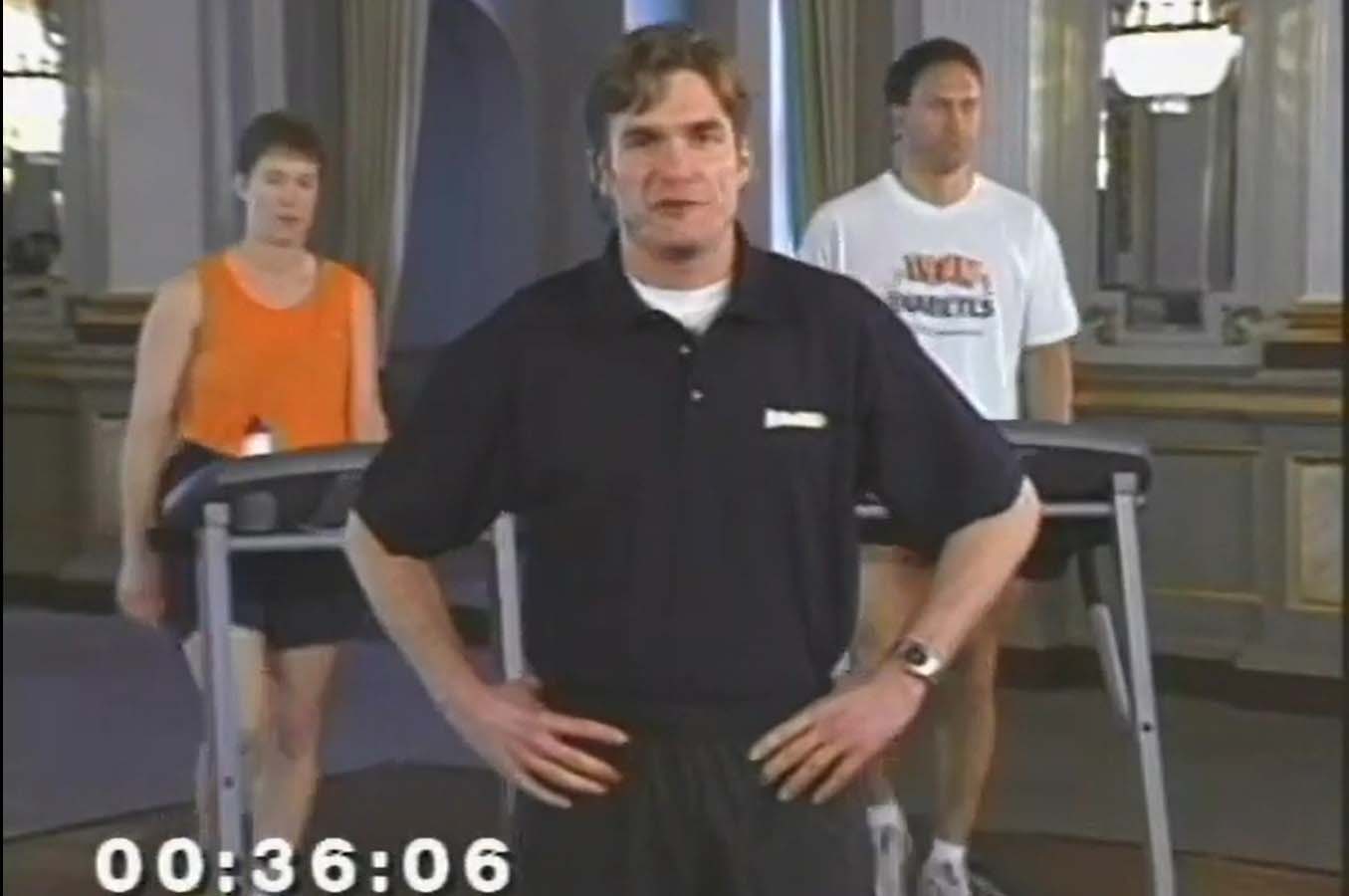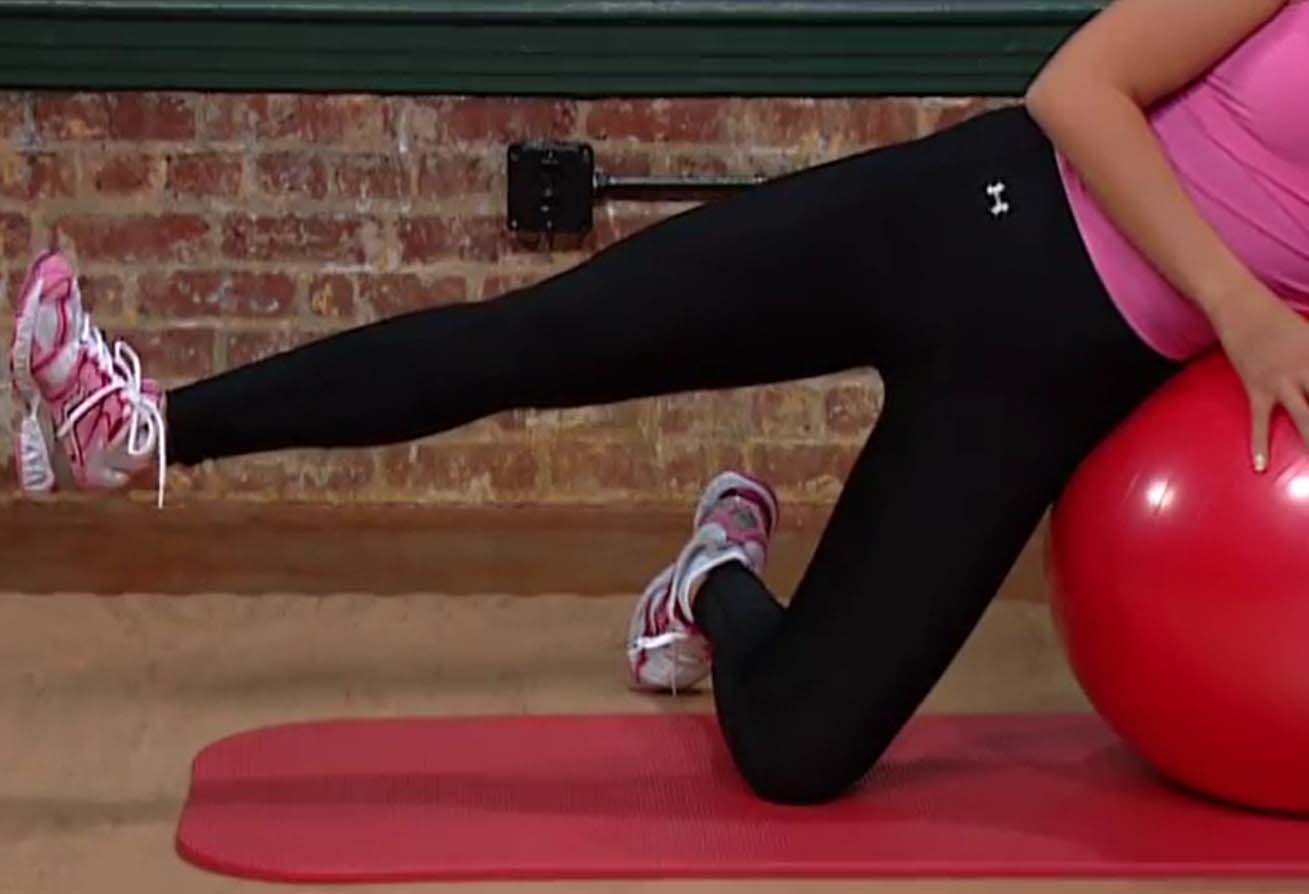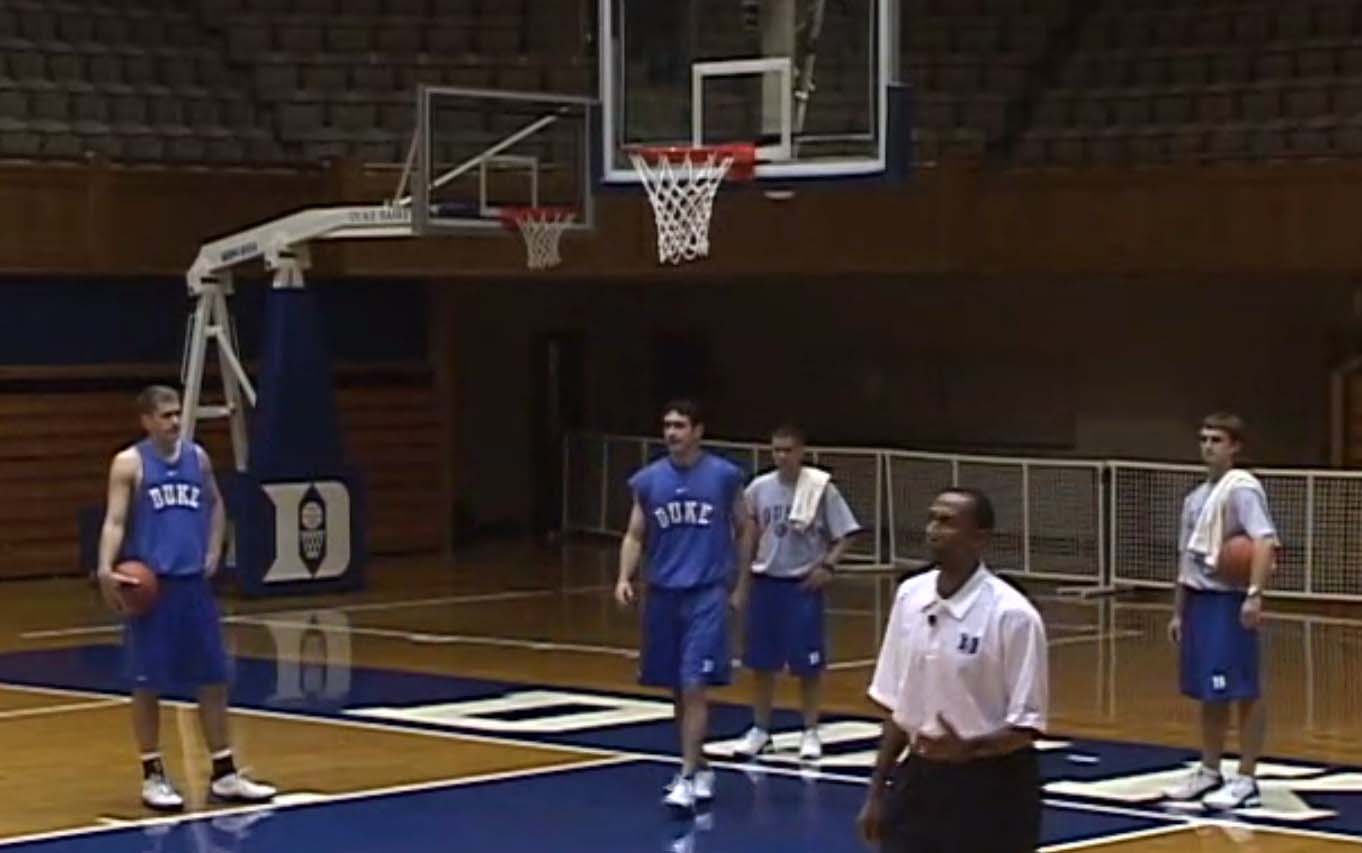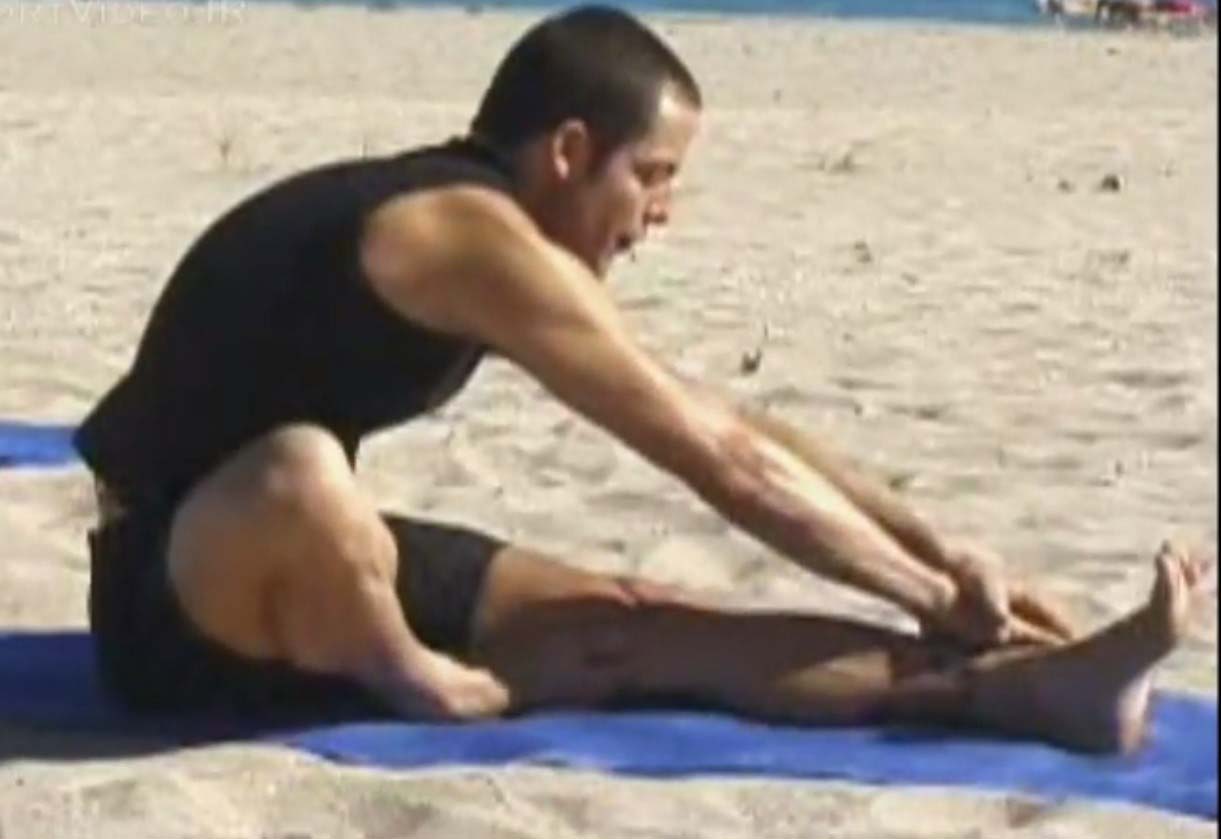روش آموزش تمرینات گروهی ایروبیک – ایروبیک در آب , کاردیو , هوازی , یوگا , کششی
|
نام اصلی: Methods Of Group Exercise Instruction - with Carol Kennedy - Armbruster Mary M.Yoke |
این ویدیو شامل یک کتاب می باشد که فقط ویدیو در این قسمت آمده است. ویدیوی “روشهای آموزش تمرین گروهی” بهطور کامل بازبینی شده است تا بر اشتراکات بین انواع مختلف فرمتهای تمرین گروهی از طریق اصول آموزش مشترک، تکنیکهای اصلاح و راهنماییهای ایمنی تأکید شود. این متن جامع، عملی و مبتنی بر تحقیقات، یادگیری عملی را از طریق وظایف کوچک آموزشی عملی که با دموهای موجود در دیویدی مرتبط شدهاند، ارائه میدهد. تکنیکهای آموزشی آموزش مناسب برای هر گروه عضلانی و روشهای آمادهسازی، آموزش قلب و ریه، تقویت عضلات و انعطافپذیری را منتقل میکند.
کتاب به هشت فرمت کلاس از جمله بازیهای با اثر بالا/پایین، آموزش استپ، کیکباکسینگ، تمرینات ورزشی، دوچرخهسواری ثابت داخلی، تمرینات آب، یوگا و پیلاتس میپردازد. روالهای شروع، استراتژیهای تغییر و ارزیابی برای هر یک از این فرمتها ارائه شده است. ویژگیهای جدید در ویرایش دوم این کتاب شامل سه فصل در مورد فرمتهای محبوب تمرین گروهی برای ورزشهای استقامتی، یوگا و پیلاتس مبتنی بر متن، جعبههای تازه تحقیقاتی که پشتیبانی از راهنماها و روشهای پیشنهادی در متن را به اشتراک میگذارند، سه سطح مهارت آموزش برای بسیاری از فرمتهای موجود در دیویدی، پرسشنامههای دیویدی در راهنمای مربی برای استفاده همزمان با بخشهای ویدئویی و یک راهنمای مربی و بسته آزمون گسترده میباشد.
“روشهای آموزش تمرین گروهی، ویرایش دوم” از نظر نظری به عمل در یک پیشرفت منطقی که برای دانشآموزان و مربیان دورههای آموزشی کاربردی است حرکت میکند. متن همچنین برای مراجعه آسان سازماندهی شده است تا تکنیکهایی که مربیان تمرین گروهی نیاز دارند، در دسترس باشند. بخش اول از متن دانشآموزان آموزش گروهی را تشکیل میدهد که در بخش سوم کتاب به کار میرود. مقدمهای به زمینه آموزش تمرین گروهی پرداخته و تفاوتها بین آموزش محور و دانشآموز محور را بررسی میکند، تحقیقات در مورد همبستگی گروه، گزینههای گواهینامه حرفهای و آموزش ادامهدار ارائه میدهد. بینشهایی در مورد تکامل تناسب اندام گروهی، تأثیرات فرهنگی، مربی به عنوان نمونه نقش، و روشهای تجاری پایه، سطح عمقی از درک را فراهم میکند که فراتر از روال کلاس میرود و یک محیط ایمن و لذتبخش برای همه شرکتکنندگان کلاس ایجاد میکند. دو فصل آخر در بخش اول بحث عملی در مورد مفاهیم اصلی در طراحی کلاس و استفاده مناسب از موسیقی، کارآگاهی و روشهای کوئینگ را ارائه میدهند.
بخش سوم این اطلاعات را به حوزههای خاص تمرین گروهی اعمال میکند که شامل آموزش استپ، کیکباکسینگ، آموزش ورزشی، دوچرخهسواری ثابت داخلی، تمرینات آب، یوگا و پیلاتس میشود. هر فصل دستورالعملهای واضحی را در مورد تکنیک، حرکات اصلی، انتخاب موسیقی و ملاحظات ایمنی فراهم میکند. روالها و فرمتهای کلاس نمونه به مربیان نقاط شروع مطمئنی ارائه میدهند.
فصل آخر بررسیهای مختصری راجع به کلاسهای سفارشی یا ترکیبی، مانند کلاسهای فعالیتهای فیزیکی مبتنی بر سبک زندگی، کلاسهای کاردیوی مبتنی بر تجهیزات و کلاسهای ذهنی ارائه میدهد. ویرایش دوم به عنوان یک منبع جامع و عملی برای مربیان تازهکار و پیشحرفهای در جستجوی بهبود مهارتهای تدریس و اعتماد به نفس خود عمل میکند.
بخش دوم با راهنمایی اصول انجمن پزشکی ورزشی آمریکا (ACSM) برای چهار جزء سلامت و تناسب: آمادهسازی و کشش، آموزش قلب و ریه، تقویت عضلات و آموزش انعطافپذیری هماهنگ شده است. تمرکز بر روی ارائه گروههای عضلانی، مفاصل و تکنیکهای صحیح تمرین است. از طریق استفاده یکپارچه از تصاویر، عکسها، متن و نمونههای دیویدی، خوانندگان به دانش کاری دقیق در مورد تکنیک صحیح تمرین و فیزیولوژی گروههای عضلانی و مفاصل مورد نیاز برای هر تمرین دست پیدا میکنند.
سرفصل ها:
بخش اول: اصول آموزش تمرین گروهی
فصل 1. مقدمه به آموزش تمرین گروهی
ارتقاء کیفیت زندگی
آموزش محور در مقابل آموزشگر محور
گواهینامه حرفهای و آموزش ادامهدار
تحقیقات درباره همبستگی گروه
فصل 2. تکامل فیتنس گروهی
تأثیرات فرهنگی بر تصویر بدن و تمرین
مربیان تمرین گروهی به عنوان نمونه نقش
ایجاد محیط عاطفی سالم
اصول پایهای تجاری برنامه تمرین گروهی
فصل 3. مفاهیم اساسی در طراحی کلاس
اجزاء مربوط به سلامتی در ورزش
پیشآمادهسازی قبل از کلاس برای شرکتکنندگان
اصول توازن عضلات
تعادل بین قدرت و انعطاف
دامنه حرکت
طیف پیشرفتی آموزش تابعی
فرم ارزیابی کلاس تمرین گروهی
فصل 4. موسیقی، کارآگاهی اصلی، و روشهای کوئینگ
موسیقی برای تمرین گروهی
کارآگاهی اصلی
حرکات اصلی
عناصر تنوع
گذرهای صاف
ساخت ترکیبهای اصلی
تکنیکهای اضافی کارآگاهی
سیستمهای آموزشی
روشهای کوئینگ
بخش دوم: اجزاء اصلی تمرین گروهی
فصل 5. اصول آمادهسازی و کشش
حرکت پویا
حرکت پویا در مقابل کشش
حرکات آمادهسازی
گروههای عضلانی اصلی
فصل 6. آموزش قلب و ریه
شدت آغازین
گزینهها و سیگنالهای کلامی برای شدت
نظارت بر شدت تمرین
تعامل با شرکتکنندگان و لذت
خنثیسازی پس از تمرین قلب و ریه
فصل 7. تقویت عضلات و تمرین انعطافپذیری
کویینگ درستی و ترتیب
توصیهها و راهنماییها برای تقویت عضلات
توصیهها و راهنماییها برای تمرین انعطافپذیری
مسائل ایمنی
تمرینات تقویت عضلات و انعطافپذیری
تجهیزات تقویت عضلات
روشهای کوئینگ
بخش سوم: مدلهای تمرین گروهی
فصل 8. آموزش استپ
آمادهسازی
تکنیک و ایمنی
حرکات اصلی
ترکیبها و کارآگاهی پایه
سیستمهای آموزشی
فصل 9. آموزش کیکباکسینگ
آمادهسازی
تکنیک و ایمنی
حرکات اصلی
تکنیکها و کارآگاهی پایه
سایر فرمتهای کیکباکسینگ
فصل 10. آموزش ورزشی و تمرین کارآمد
ورزش تمرینی در مقابل تمرین کارآمد
تجهیزات
تمرین ایمن و موثر
حرکات اصلی
تکنیک و ایمنی
موسیقی
فصل 11. دوچرخهسواری ثابت داخلی
آمادهسازی
تکنیک و ایمنی
حرکات اصلی
فرمتدهی کلاسهای دوچرخهسواری داخلی
شدت
کوئینگ
فصل 12. تمرینات آب
خصوصیات آب
آمادهسازی
تکنیک و ایمنی
حرکات اصلی
سیستمهای آموزشی
تجهیزات
فصل 13. یوگا
فلسفه
تنفس کار
آمادهسازی
سیگنالهای کلامی و موسیقی
تکنیک و ایمنی
حرکات اصلی
تجهیزات و تنظیم کلاس
فصل 14. پیلاتس
روش پیلاتس
آمادهسازی
سیگنالهای کلامی و موسیقی
تکنیک و ایمنی
حرکات اصلی
پایان کلاس
فصل 15. سفارشیسازی کلاسهای تمرین گروهی
ایجاد کلاس تمرین گروهی متمرکز بر مشتری
تمرین گروهی برای بازارهای خاص
کلاسهای فعالیتهای فیزیکی مبتنی بر سبک زندگی
کلاسهای مبتنی بر رقص
کلاسهای کاردیوی مبتنی بر تجهیزات
کلاسهای ذهنی
کلاسهای ترکیبی
رهنمودهای عملی برای مربیان تمرین گروهی
Orginal Description:
Completely revised, Methods of Group Exercise Instruction, Second Edition , highlights the commonalities of a variety of group exercise formats through common training principles, correction techniques, and safety. Comprehensive, practical, and research based, this text features applied learning through practical mini-teaching assignments that are referenced with demonstrations found on the DVD. Teaching techniques convey appropriate training for each muscle group and methods for warm-up, cardiorespiratory training, muscular conditioning, and flexibility. In addition, starter routines, modification strategies, and assessments are presented for eight class formats: hi/low impact, step training, kickboxing, sport conditioning, stationary indoor cycling, water exercise, yoga, and mat-based Pilates. Merging both text and video, the second edition is an in-depth and practical resource for beginning and preprofessional group exercise instructors working to improve their teaching skills and confidence. New to this second edition are the following features: -Three chapters discussing popular group exercise formats for sports conditioning, yoga, and mat-based Pilates -Research highlight boxes that share supporting research for the guidelines and procedures recommended in the text -Three skill levels of instruction for many formats featured on the DVD -DVD quizzes in the instructor guide for use in conjunction with the video segments -An expanded instructor guide and test package Methods of Group Exercise Instruction, Second Edition , moves from theory to practice in a logical progression that is helpful for both students and methods course instructors. The text is also organized for easy reference, putting the techniques that group exercise instructors need to know at their fingertips. Part I of the text presents foundational knowledge for group exercise instructors, which is applied in part III of the book. An introduction to the field of group exercise instruction discusses differences between student-centered and teacher-centered instruction, presents research on group cohesion, and offers options for professional certificiation and continuing education. Insights on the evolution of group fitness, cultural influences, the instructor as role model, and basic business practices provide a deeper level of understanding that moves beyond the class routine to create a safe and enjoyable environment for all class participants. The final two chapters in part I present practical discussion of core concepts in class design and appropriate use of music, choreography, and cueing methods. Chapters in part II are aligned with the American College of Sports Medicine (ACSM) guidelines for the four components of health and fitness: warm-up and stretching, cardiorespiratory training, muscular condititioning, and flexibilty training. Special focus is given to presentation of muscle groups, joints, and proper exercise techniques. Through an integrated use of illustrations, photos, text, and DVD examples, readers gain an accurate working knowledge of proper exercise technique and the physiology of muscle groups and joints required for each exercise. Part III provides applied information on specific group exercise class modalities: step training, kickboxing, sport conditioning and functional training, stationary indoor cycling, water exercise, yoga, and Pilates. From technique and basic moves to music selection and safety considerations, these chapters, along with the material on the accompanying DVD, provide clear and dynamic instruction of the components of each modality. In addition, sample routines and class formats for each modality offer a confident strating point for novice instructors and fresh material for veterans. The final chapter discusses customized or hybrid classes such as lifestyle physcial activity-based classes, equipment-based cardio classes, and mind
Table of Content
Part I Fundamentals of Group Exercise Instruction Chapter 1. Introduction to Group Exercise -Enhancing Quality of Life -Student-Centered Versus Teacher-Centered Instruction -Professional Certification and Continuing Education -Group Cohesion Research Chapter 2. Evolution of Group Fitness -Cultural Influences on Body Image and Exercise -Group Exercise Instructors as Role Models -Creating a Healthy Emotional Environment -Basic Business Practices for Group Exercise Programming Chapter 3. Core Concepts in Class Design -Health-Related Components of Fitness -Catering to Your Participant Base with Preclass Preparation -Muscle Balance Principles -Balancing Strength and Flexibility -Range of Motion -Progressive Functional Training Continuum -Group Exercise Class Evaluation Form Chapter 4. Music, Fundamental Choreography, and Cueing Methods -Music for Group Exercise -Fundamental Choreography -Basic Moves -Elements of Variation -Smooth Transitions -Building Basic Combinations -Additional Choreography Techniques -Training Systems -Cueing Methods Part II Primary Components of Group Exercise Chapter 5. Warm-Up and Stretching Principles -Dynamic Movement -Dynamic Movement Versus Stretching -Rehearsal Moves -Major Muscle Groups Chapter 6. Cardiorespiratory Training -Beginning Intensity -Movement Options and Verbal Cues for Intensity -Monitoring Exercise Intensity -Participant Interaction and Enjoyment -Postcardiorespiratory Cool-Down Chapter 7. Muscular Conditioning and Flexibility Training -Cueing Posture and Alignment -Recommendations and Guidelines for Muscular Conditioning -Recommendations and Guidelines for Flexibility Training -Safety Issues -Muscular Conditioning and Flexibility Exercises -Muscular Conditioning Equipment -Cueing Methods Part III Group Exercise Modalities Chapter 8. Step Training -Warm-Up -Technique and Safety -Basic Moves -Basic Combinations and Choreography -Training Systems Chapter 9. Kickboxing -Warm-Up -Technique and Safety -Basic Moves -Basic Combinations and Choreography Techniques -Other Kickboxing Formats Chapter 10. Sport Conditioning and Functional Training -Sport Conditioning Versus Functional Training -Equipment -Safe and Effective Exercise -Basic Moves -Technique and Safety -Music Chapter 11 Stationary Indoor Cycling -Warm-Up -Technique and Safety -Basic Moves -Formatting Indoor Cycling Classes -Intensity -Cueing Chapter 12. Water Exercise -Properties of Water -Warm-Up -Technique and Safety -Basic Moves -Training Systems -Equipment Chapter 13. Yoga -Philosophy -Breath Work -Warm-Up -Verbal Cues and Music -Technique and Safety -Basic Moves -Equipment and Class Setting Chapter 14. Pilates -The Pilates Method -Warm-Up -Verbal Cues and Music -Technique and Safety -Basic Moves -Ending Class Chapter 15. Customizing Group Exercise Classes -Creating a Client-Centered Group Exercise Class -Group Exercise for Niche Markets -Lifestyle-Based Physical Activity Classes -Dance-Based Classes -Equipment-Based Cardiorespiratory Training -Mind-Body Classes -Fusion Classes -Ethical Practice Guidelines for Group Fitness Instructors


